Maybe you’ve seen it on the back of your scorecard. Or tucked away on a course website. Maybe it sounds faintly familiar, but you just can’t quite place it. See, unless you’re a true golf architecture aficionado, the name Roger Packard isn’t likely to ring many bells, even though it should. The fact is, Packard’s probably the best designer you’ve never heard of, or certainly, not enough of.
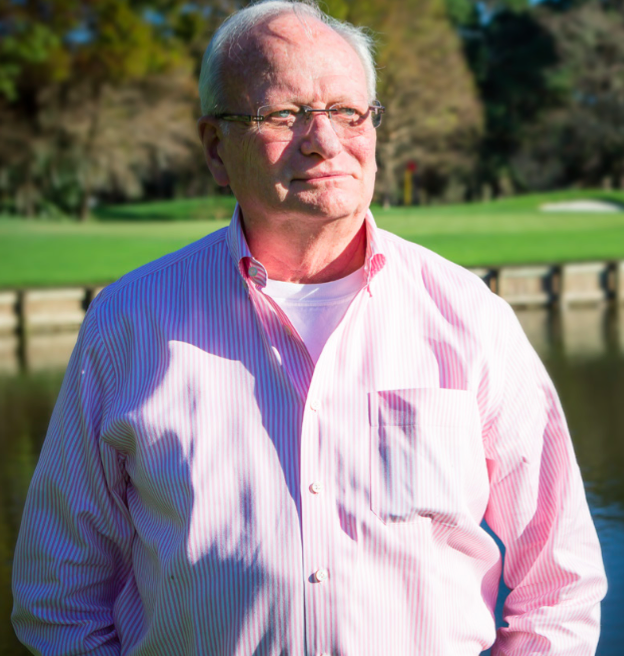 His lack of name recognition these days isn’t all that surprising, though. The Chicago native and pedigreed architect packed his passport and bags and set sail for Shanghai more than a decade ago, seeking greener pastures in Asia’s growing golf market.
His lack of name recognition these days isn’t all that surprising, though. The Chicago native and pedigreed architect packed his passport and bags and set sail for Shanghai more than a decade ago, seeking greener pastures in Asia’s growing golf market.
“I grew up in Chicago, and I figured I’d hung out there long enough, so I said, let’s try something else, let’s go to China,” the soft-spoken architect explained. “I’ve been there for 11 years now, and I suppose it feels more like home than anywhere else.”
Yet for his first 50-plus years, the Midwest was where he hung his hat, and where he built his legacy.
The son of famed architect Larry Packard, Roger had a notable career here in the build- ing boom of the 1980s and ’90s, with dozens of beloved designs to his credit around his hometown and beyond.
He has more than 60 courses to his resume in Illinois alone, and more than 250 courses worldwide, and counting. Yet despite the what-have-you-done-for-me-lately attitude of the golf industry, Packard’s work is deserving of continued praise.
He’s certainly one of the most prolific architects in the Chicago region, and has to be among the most accomplished, too. Consider this lineup: Eagle Ridge Resort (all 63 holes, including fan favorite, The General), Deerfield Golf Club, Cantigny Golf Club, Trapper’s Turn, Prairie Bluff, Boughton Ridge, Bryn Mawr … the impressive list goes on and on.
THE SON RETURNS
After many years in China, he returned stateside last August, returning to Palm Harbor, Florida, to help finish renovations of one of his and his father’s finest designs, the Copperhead Course at Innisbrook Resort.
The remodeling of such a special place to him was enough to pull him away from China, when not much else has brought him back over the years.
“I’ve come back very rarely,” Packard said. “I came back to see dad twice, before he passed away. There really isn’t any draw for me right now to come back to the states. I think I’ve turned Chinese.”
If he’s built a Great Wall around his heritage, however, it’s for good reason.
“There isn’t much new happening in golf around the country,” Roger explained. “As far as I understand, the golf industry has pretty much tanked out (in terms of new construction). They attribute it to a lot of things. Younger people aren’t getting into it as much as they used to. Baby Boomers are retiring, and there isn’t the desire. It hasn’t been promoted effectively. Golf has been expensive, so it doesn’t have the draw that it used to, either.
“I don’t think we’ll ever see it again the way it was in the ’70s and ’80s. That’s why China was so strong—they came on like gangbusters.”
Some of Packard’s many designs in Asia are found at the 54-hole Empark Grand Hotel Tengchong, surrounded by volcanic mountain ranges in China’s western Yunnan province. But his work can be found throughout the region, from Bangkok to Beijing, and plenty in between.
MIDWEST CLASSICS
While his business may have been exported overseas, Packard’s work continues to shine here at home.
Some of his best work can be found in the rolling hillside of Galena, Illinois, where Packard has helped put Eagle Ridge Golf Resort on the map. He has 63 truly terrific holes there, including the rockin’ roller coaster of a course called The General. Opened in 1997 and designed in collaboration with two-time U.S. Open champ Andy North, The General is a wild and wooly thrill-ride through the hillside, with steep elevations, ravines and rock outcroppings to keep things interesting. The course has been a fixture on Golf Digest’s Top 100 You Can Play lists over the years, as well.
“I’m very, very proud of all the courses there, but The General but was just an amazing piece of property to work with,” Packard said. “That was an amazing team that did that whole project. That was a dream come true for me. We used the land properly, they had some mature oaks, some rolling land, it had woods, it had water … all the elements you want. They had an owner that wanted the best, and was willing to spend the money to get it.”
Packard had a similar experience at one of his most heralded designs, Cantigny Golf Club. The response was sensational after it opened in 1989, including being named the Best New Public Course by Golf Digest and as a top-25 public course in the country. The course has hosted four Illinois State Amateur Championships, in addition to the Chicago Open and the U.S. Amateur Public Links Championship.
A SIMPLE EQUATION
Whether it’s here at home or overseas, Packard says the reason for his success is simple: he puts playability for the golfer ahead of all else in his designs, in stark contrast to the “harder the better” mentality of some of his contemporaries.
“Some people try to make them as hard as they can, and that’s ridiculous,” Packard said. “Who’s going to go back and play that? Golf’s a business, and my responsibility to the owner is to get people to come back, and my responsibility to the golfer is to make them want to come back.
“I’ve got to design for the average golfer. For me, to create something that’s ridiculously hard, anybody can do that. But what’s the point? At Cantigny, I tried to give people a lot of things golfers saw on TV — an island green, deep bunkers, and they could do a lot of the things they saw on TV — right here in Chicago. But it’ll be fair to you, and you don’t have to be beat up by it.”
“Cantigny and the General were two of the best projects that I could imagine,” Packard said. “You just do what you do, because you love to do it, and hopefully there’s people that like what you do. We do it just like dad did — it’s for the golfer, to go out and have a good time. Make it fun, make it playable. That was dad’s credo, what he lived by, and what he taught me.
“I don’t think you’ll find any of our courses that are impossible.”
THE ROAD AHEAD
While he’s had an Asian address for more than a decade, a return to his homeland isn’t impossible, either, he says. He still does some work stateside, from consulting at Innisbrook, to assisting at another remodel of his father’s designs, Chaska Golf Club in Appleton, Wisconsin.
“(Chaska owner) Tom Boldt asked me to come in to make suggestions on how to keep Chaska up to date, but respect my dad’s original design,” Packard said. “I suggested putting in forward tees to appeal to the seniors, juniors and women, tree planting, and some refurbishment of traps that had not been redone since the original construction. Chaska has been family owned by the Boldt family since it’s inception. It’s built on flat ground but has a lot of character and is a testament to good golf and the owners and staff for all these years.”
Boldt said it was important to keep the work “in the family.”
“I met his dad many years ago,” he said. “My dad (Oscar Boldt) knew Roger’s dad, because he hired him to design the facility. Packard had been recommended because of the success of Brown County, which is nearby. At that time, it was the best public course in the area. We want to believe this has really stood the test of time. I think we’ve been good stewards and faithful to Larry Packard’s vision of what that course could be like.”
So the sons have worked together to restore their fathers’ visions, providing beautiful symmetry in the process.
“I thought that was really a nice way of capturing that (family legacy), and really appreciated being able to do that,” Boldt said. “I emailed him and found out he’s been in China, and asked him if he would have time to come up and take a look at it. He spent the day with us, and put together a list of things we might want to consider in making improvements to the course, and brought a builder up to give us some other ideas.”
The result is a legacy that lives on, and one that may have whetted Packard’s appetite for a second chapter stateside.
“I’ve got to re-establish my name back there,” he said. “But yeah, I would like to come back to the Midwest. It’d be fun. I’m at the age now, if you give me an owner that knows what he wants, and can maintain it that way, then I’d love to work with him.”
For more information about Roger Packard, email him at rogerpackard19@yahoo.com.
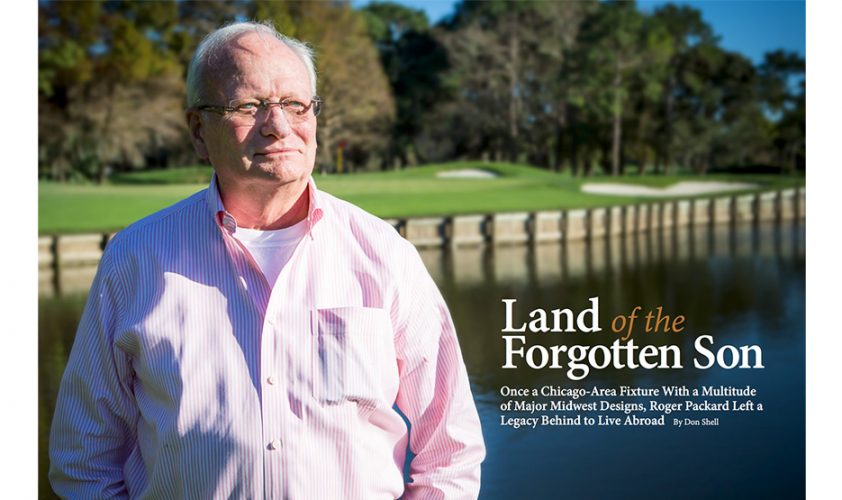
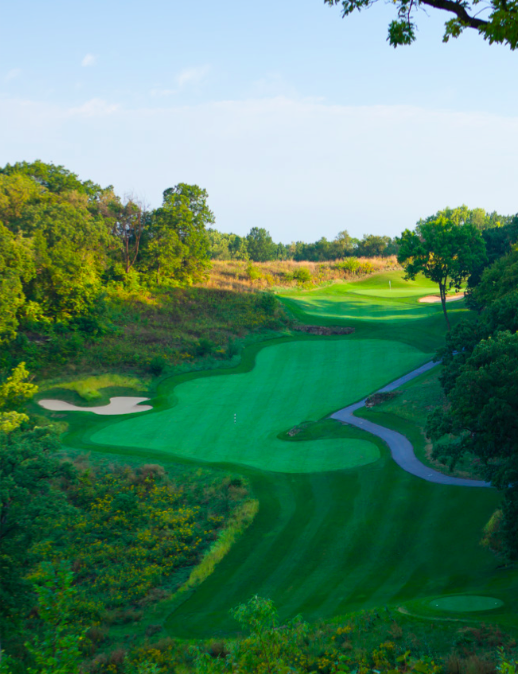
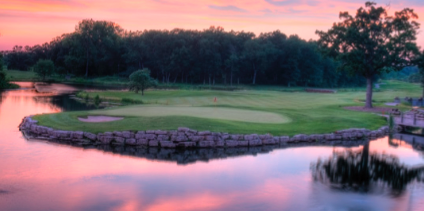
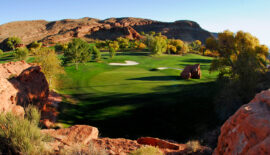 ';
';
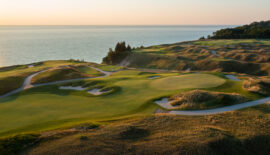 ';
';
 ';
';
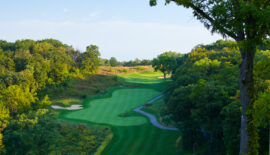 ';
';